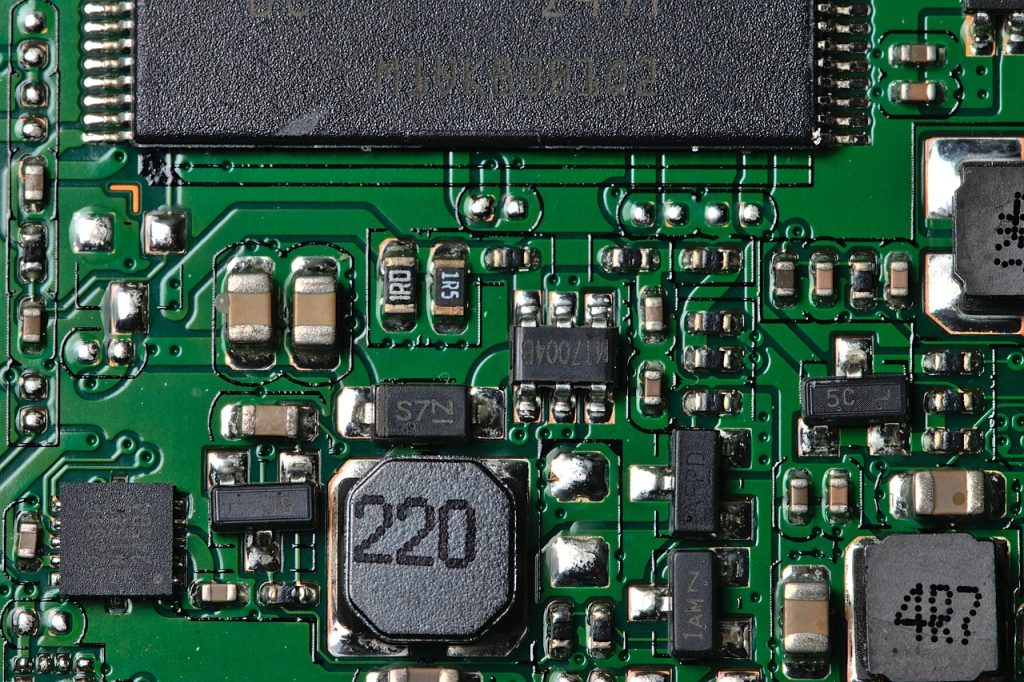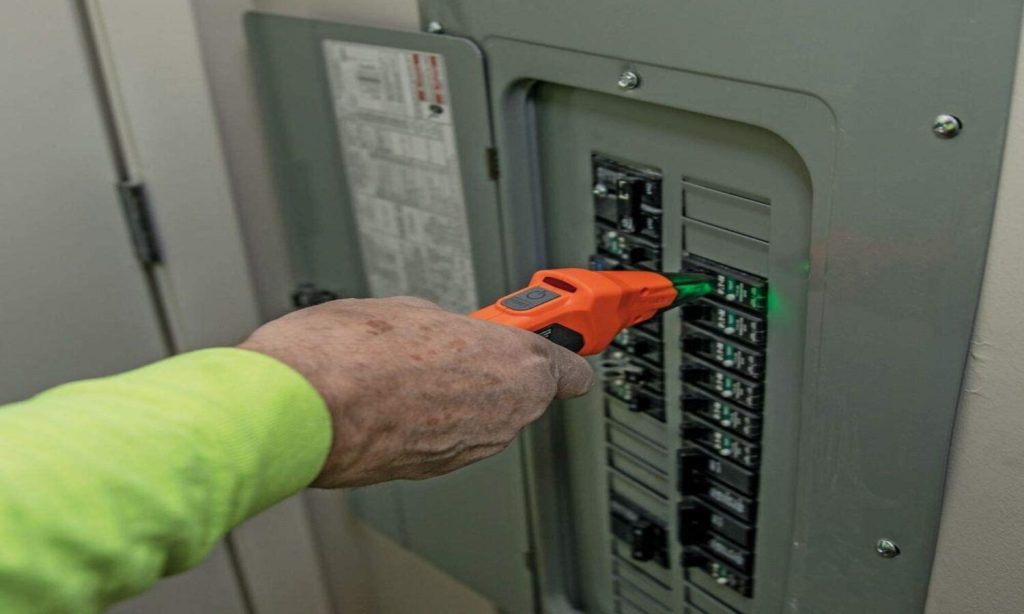A circuit breaker finder is an essential tool for any electrician or homeowner looking to quickly and efficiently locate electrical circuits in a building.
By using a circuit breaker finder, users can easily identify which breaker controls a specific outlet, light fixture, or appliance, making it much easier to troubleshoot electrical issues and make necessary repairs. In this article, we will explore the various ways in which circuit breaker finders work, including their different features and functions.
One of the most common methods used by circuit breaker finders is the use of a transmitter and receiver pair. The transmitter is plugged into the outlet or fixture that needs to be identified, while the receiver is used to scan the circuit breaker panel to locate the corresponding breaker. This method is quick and accurate, making it ideal for both professionals and DIY enthusiasts.
Another way in which circuit breaker finders work is through the use of audible and visual indicators. When the transmitter is connected to a circuit, the receiver will emit a loud tone or flash a light, indicating which breaker is controlling that particular circuit. This makes it easy to quickly locate the correct breaker without having to guess or manually test each one.
Overall, circuit breaker finders are an invaluable tool for anyone working with electrical systems, providing a safe and efficient way to identify and isolate circuits.
In the following sections, we will delve further into the different ways in which circuit breaker finders work and how they can benefit users in a variety of applications.
Utilizes signal strength to locate breakers.
In modern electrical systems, advanced circuit breaker finder tools have become indispensable for efficient troubleshooting and maintenance tasks.
These sophisticated devices are equipped with innovative technology that leverages signal strength to accurately locate breakers, enabling electricians and maintenance professionals to quickly and effectively identify specific circuits within complex electrical panel setups.
By utilizing signal strength as a guiding mechanism, these circuit breaker finders offer a precise and reliable method for isolating individual breakers, streamlining the process of circuit identification and enhancing overall productivity in electrical maintenance operations.
Can trace wires behind walls.
One of the key features of circuit breaker finders is their ability to trace wires behind walls, a crucial capability in the realm of electrical troubleshooting and maintenance.
By utilizing innovative signal detection technology, these tools can effectively track the path of electrical wiring concealed within walls, ceilings, or floors, providing valuable insights for electricians and technicians working on complex circuitry systems.
This functionality allows professionals to identify and follow the route of wires without the need for physical access, facilitating efficient diagnostics and repairs in various electrical installations.
The ability to trace wires behind walls significantly enhances the precision and effectiveness of electrical maintenance tasks, empowering professionals to navigate intricate wiring configurations with ease and accuracy.
Works on energized or de-energized circuits.
Moreover, the versatility of circuit breaker finders is demonstrated in their capability to operate on both energized and de-energized circuits within electrical systems.
This dual functionality is a significant advantage in scenarios where isolating power supply is either impractical or not feasible.
By offering the flexibility to work on energized circuits, these devices enable technicians to conduct diagnostics and locate circuit breakers without the need for shutting down the power source, streamlining the troubleshooting process and minimizing downtime in critical operations.
Simultaneously, the ability to function on de-energized circuits ensures safety during maintenance tasks, allowing for inspections and repairs to be carried out in a controlled and secure manner.
This operational adaptability highlights the effectiveness and reliability of circuit breaker finders in addressing a diverse range of electrical requirements and enhancing the overall efficiency of electrical maintenance procedures.
Simplifies the process of identification.
The advanced technology integrated into circuit breaker finders streamlines the process of identification by providing real-time data and precise feedback on circuit breaker locations.
By utilizing innovative features such as digital displays, sound alerts, and signal strength indicators, these devices offer clear and accurate guidance to operators, facilitating quick and efficient identification of specific breakers within complex electrical systems.
This enhanced level of detail and precision not only expedites the troubleshooting process but also ensures that technicians can pinpoint the correct circuit breaker with confidence, reducing the margin of error and enhancing overall operational productivity in electrical maintenance tasks.
Offers audible and visual indications.
Circuit breaker finders are equipped with a range of sophisticated functionalities to enhance their performance and usability in electrical maintenance tasks.
By incorporating audible and visual indications, these devices offer an additional layer of assistance to operators during the identification process.
The audible alerts provide real-time feedback through distinct sounds that help guide technicians to the correct circuit breaker, while the visual indicators display relevant data in an easy-to-read format.
This combination of auditory and visual cues ensures that users can efficiently navigate through complex electrical systems, further improving the overall effectiveness and accuracy of circuit breaker identification.
In conclusion, understanding the intricate mechanisms of circuit breakers and utilizing a circuit breaker finder tool is crucial for electricians and homeowners alike.


